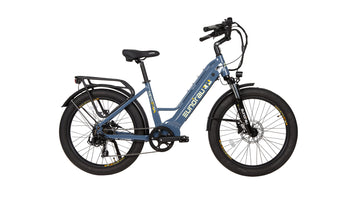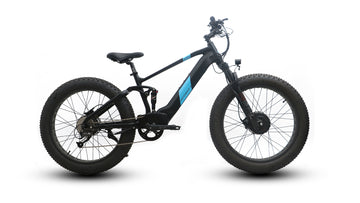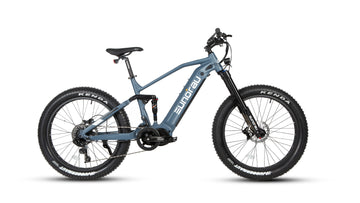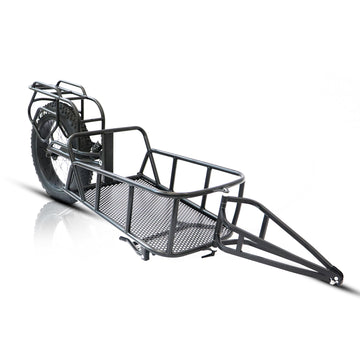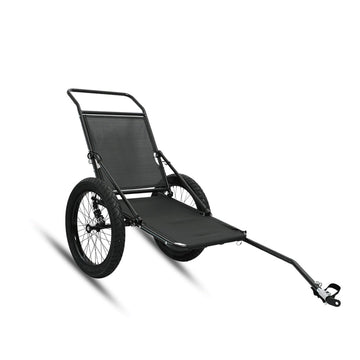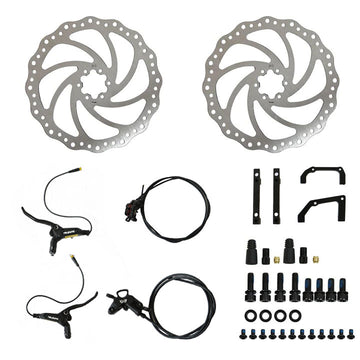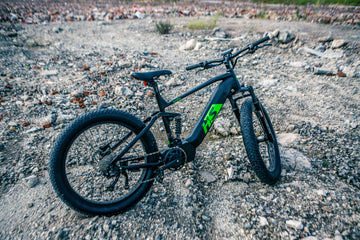
What do we mean by “electric hunting bike”?
By “electric hunting bike” I mean a bicycle‐type vehicle with an electric motor (often pedal‐assist, sometimes throttle) that a hunter might use to access terrain, carry gear or retrieve game. In Australia this enters a complex regulatory space when used on public land, off‐road tracks or for hunting retrieval.
Key legal issues and what to check
Here are the main legal dimensions to investigate before using an electric hunting bike in Australia:
1. How is the bike classified?
-
Across Australia the national standard for “road‐legal e-bikes” generally requires the vehicle to be primarily propelled by the rider, a motor assist cutoff (often 25 km/h) and a certain power/pedal spec.
-
For example in New South Wales, a factsheet states only “power‐assisted pedal cycles” or “electric power-assisted cycles” that meet specified criteria may be ridden on roads / road‐related areas.
-
If the e-bike exceeds those specs (higher power, speed, throttle only) it may be classified as a motor vehicle, moped or motorcycle, with corresponding licence/registration requirements.
2. Where you are riding matters a lot
-
On private land, you generally have more flexibility (subject to landowner permission).
-
On public land (state forests, national parks, crown land, wildlife reserves) the rules may be stricter: e-bikes may be treated like motorised vehicles especially on tracks closed to motor vehicles. For example in Victoria a document states that e-bikes with motor output > 250 W are classified as motorcycles and must be registered/licensed if on public land roads/tracks.
-
Some trails or parks explicitly prohibit motorised vehicles, which may include e-bikes, especially when used for hunting or remote access.
3. Hunting‐specific rules
-
Because hunting involves accessing more remote terrain and retrieving game, if your e-bike use involves roads/tracks that are only open to non-motorised access you may be violating the land management rules.
-
Even where e-bikes are allowed on roads/tracks, the specific hunting unit or wildlife management zone may have additional restrictions on “mechanised access” or “motorised retrieval”.
-
It’s important to check with the relevant state/territory wildlife agency or land‐management office whether e-bike use is permitted for hunting in that area.
4. State/territory and device specs
-
Device specs: Many sources suggest that e-bikes should meet certain standards (e.g., motor assist cutoff 25 km/h, power limit ~250 W) to be treated as a bicycle rather than a motor vehicle.
-
Helmets and safety gear: Helmets are mandatory.
-
The local transport or land agency may treat higher‐powered or modified e-bikes differently — what is legal for road may still be restricted in backcountry/hunting access use.
-
Regulations may differ by state and land class (national park vs state forest vs crown land).
5. Retrieval of game and regulatory fairness
-
Using an e-bike might enable deeper access and easier retrieval of game, which agencies may regard differently in terms of “fair chase” or mechanised access.
-
Even if you ride legally, you might need to ensure your retrieval method and route comply with the land‐management plan for the hunting area.
What this means in practice for Australian hunters
Here’s a practical checklist before you bring an electric hunting bike:
-
Check which land type you’ll be on: private land / state forest / national park / crown land.
-
Check whether the road/trail is open to motorised vehicles or designated as non-motorised only.
-
Check your device specification:
-
Does it conform to the state’s e-bike definition for public roads (power, speed, pedals)?
-
Has it been modified beyond standard spec? If so it may be treated as a motor vehicle.
-
-
Check the state/territory laws and the specific land‐management agency’s rules. Just because your e-bike is legal on roads doesn’t guarantee it’s legal for hunting access on remote tracks.
-
Check how you’ll retrieve game: make sure your method of retrieval is compliant and your route/trail access is authorised.
-
Be respectful: Ride according to the rules, stay on designated tracks, avoid closed zones, minimise disturbance, and respect other users and wildlife.
-
When in doubt, call the relevant wildlife/land-management office and ask: “Is an e-bike (with my specs) legal for hunting access on this land?”
-
Document your equipment (specs, compliance) and your planned route to show you’re using the bike lawfully.
Conclusion
Using an electric hunting bike in Australia can be feasible — but it is not a blanket permission. Whether it’s legal depends on:
-
Your bike’s specs and classification,
-
The state/territory laws,
-
The land-agency’s rules for the specific area and trail/road,
-
The method of access and retrieval of game.
References
-
Transport for NSW — Motorised Bicycle Fact Sheet
https://www.police.nsw.gov.au/_data/assets/pdf_file/0005/827942/16034_Factsheets-_Motorised_Bicycles.pdf -
VicRoads (Victoria Government) — Electric Bicycles and Public Land Vehicle Rules
https://www.vic.gov.au/sites/default/files/2025-07/Can-I-Can%27t-I-Vehicle-use-on-Victorian-public-land.pdf -
Criminal Defence Lawyers Australia — Electric Bikes Laws in Australia Explained
https://www.criminaldefencelawyers.com.au/blog/electric-bikes-laws-australia/


